11 Health Benefits Of Pistachio & Effects If You Eat Too Many
From supporting weight loss to promoting heart health, pistachios improve your overall health.
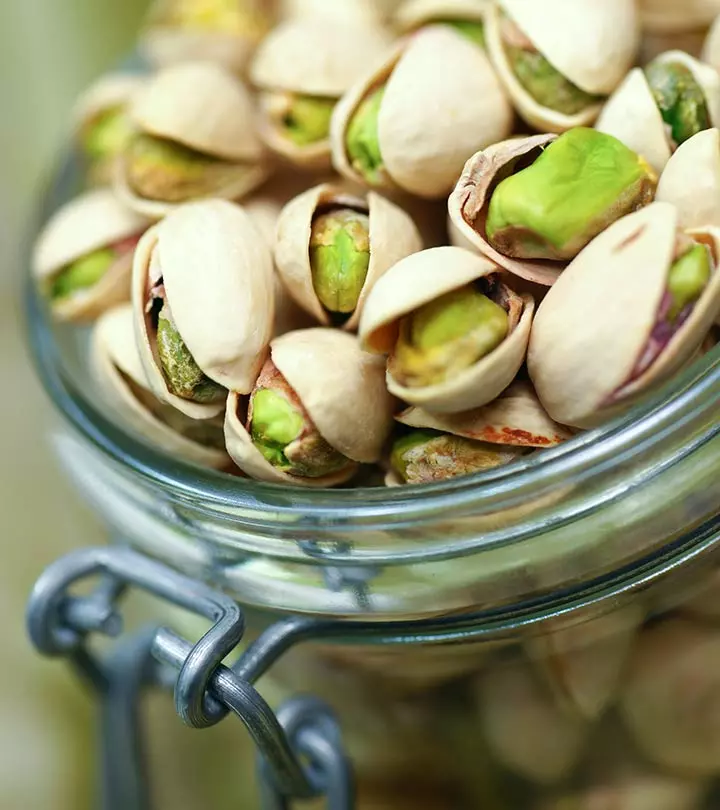
Image: Shutterstock
The many benefits of pistachios make them a wonderful addition to any diet. Pistachios (Pistacia vera)contain potent antioxidants, dietary fibers, proteins, vitamins, and healthy fats. These low-fat nuts may enhance gut health, help control blood glucose levels, and aid in weight management (1).
This article discusses the benefits of pistachio nuts, their nutritional profile, how to consume them, and any potential side effects. So let’s take a look at what pistachios are good for.
 Know Your Ingredient: Pistachio
Know Your Ingredient: PistachioWhat Is It?
An edible nut from the pistachio tree with a rich nutritional profile.
What Are Its Benefits?
May aid weight loss, enhance gut health, improve heart health, and help in diabetes treatment.
Who Can Consume It?
All except those who are allergic to tree nuts.
How Often?
A daily serving of pistachios of about 1 ounce (49 kernels) is recommended.
Caution
People who are allergic to tree nuts should avoid eating them. Also, overconsumption can lead to unwanted weight gain.
In This Article
How Are Pistachios Good For You?
A 28-gram serving of pistachios contains good amounts of fiber, protein, potassium, zinc, phosphorus, vitamin B6, and manganese (2). They have a rich and nutty taste.
Pistachios contain the highest amount of antioxidants among nuts (3). Similarly, the benefits of hazelnuts extend beyond their delicious taste. They are also good sources of antioxidants, which help protect your body from oxidative stress and support heart health (4). All of these benefit human health in various ways. We will explore them in the following section.
 Trivia
TriviaKey Takeaways
- Consuming a few pistachios daily can improve your gut bacteria. Healthy gut microflora can prevent colon cancer.
- Monounsaturated fats in pistachios can help reduce inflammation in your body.
- Eating them frequently can also prevent macular degeneration in your old age owing to their antioxidant content.
- However, eating too many pistachios can give you stomach aches and diarrhea.
What Are The Benefits Of Pistachios?
Whether you are looking to boost your heart health, improve digestion, or enhance your overall well-being, pistachios can be a great addition to any diet. Explore the top benefits of pistachios in detail below.
1. May Aid Weight Loss

Pistachios contain fiber. Studies show that fiber intake may promote satiety and, in turn, help with weight loss (5). Another nutrient with similar qualities is protein, which can reduce hunger pangs (6). Protein also helps increase thermogenesis, the process of heat production in the body that contributes to calorie burning. This may help you burn more calories, even at rest, potentially promoting weight loss. Protein also helps stimulate muscle protein synthesis, helping to preserve or increase lean muscle mass. This is beneficial for improving your body composition and may lead to improvements in metabolism, as muscle tissue burns more calories at rest than fat tissue (7).
Pistachios are dried fruits. Studies have demonstrated that consuming them can keep inches off your waist over time (8). These nuts also have beneficial effects on triglycerides, the most common type of fat in your body. A study published in the Journal of the American College of Nutrition examined whether pistachios, a high-fat snack, could be consumed without causing weight gain or negatively affecting health, particularly for people who are overweight or obese. Participants followed calorie-reduced diets for 12 weeks, with one group eating pistachios and the other eating pretzels as snacks. Both groups lost weight, but the pistachio group lost more. Additionally, the pistachio group showed significantly lower triglyceride levels compared to the pretzel group, suggesting potential heart health benefits. So, pistachios can be consumed as a healthy snack to lose weight, without having to worry about their fat content. They may also be better for triglyceride levels than refined carbohydrate snacks like pretzels (9).
According to another study, the lipid content in pistachios are not fully absorbed by the body. This reduces the body’s fat content (10).
Further, in-shell pistachios may help you consume less calories. A study published in the Appetite Journal found that people who ate in-shell pistachios consumed less calories than those who ate shelled ones. The study was conducted on 140 students who were given a 16-ounce cup each and allowed to choose their portion of pistachios, either in-shell or shelled, during class. At the end of the class, those who ate in-shell pistachios consumed an average of 125 calories, while those who ate shelled pistachios consumed 211 calories. The in-shell group consumed 41% fewer calories, but both groups reported similar levels of fullness and satisfaction (11).
2. May Enhance Gut Health
The fiber in pistachios aids digestion and prevents constipation (12).
The gut bacteria ferment this fiber and produce short-chain fatty acids, which have several benefits. They help in colon cancer prevention and improve overall digestive health. Butyrate is one such beneficial short-chain fatty acid, and its consumption increases the number of good bacteria in the gut (13).
Research suggests that pistachios may be even more beneficial than almonds when it comes to gut health. A study published in the British Journal of Nutrition investigated how eating almonds and pistachios affects the composition of gut microbiota, important for digestive and overall health. Volunteers participated in two separate studies where they consumed different amounts of almonds or pistachios for 18 days. The results showed that pistachios had a stronger impact on gut microbiota compared to almonds. Specifically, pistachio consumption led to an increase in beneficial bacteria that produce butyrate, a compound important for gut health (13).
3. May Improve Heart Health
Research has shown that pistachios may help prevent heart ailments by increasing the levels of heart-healthy fats. They can also lower bad cholesterol and reduce the risk of coronary heart disease. In a randomized controlled trial published in the American Journal of Clinical Nutrition, 28 participants with high bad cholesterol consumed three different diets for four weeks each. One was a control diet without pistachios, another featured a serving of pistachios per day, while the last one included two servings of pistachios per day. Results showed that the diet with two servings of pistachios per day significantly reduced total cholesterol, including bad cholesterol, a risk factor for cardiovascular disease (14).
Pistachios lower the levels of lipoproteins, which are a risk factor for heart disease (15). Diets containing these nuts were also found to lower blood pressure levels (16). The nuts contain arginine, an amino acid. Arginine was also found to lower blood pressure (17).
4. May Aid Diabetes Treatment

Glucose levels were found to be lower with pistachio consumption (18). The nuts also increase the levels of peptide 1, a hormone that regulates glucose levels in those with diabetes (19). Thus, it helps in blood sugar control.
An Iranian study also states that the dietary intake of pistachio nuts can have positive effects on glycemic control, blood pressure, inflammation, and obesity in individuals with diabetes (18).
Did You Know?
Pistachio is known as the Smiling Nut in Iran and the Happy Nut in China.
5. May Be Beneficial During Pregnancy And Breastfeeding
Pistachios offer a healthy dose of several nutrients that are important during pregnancy. Studies show that diets including these nuts can be of help during this period. A study published in the Annals Of Nutrition And Metabolism journal evaluated the impact of a Mediterranean diet enriched with extra virgin olive oil and pistachios on adverse pregnancy outcomes in women with normal blood sugar levels. The results showed that the diet significantly reduced risks like emergency C-sections, pregnancy-induced high blood pressure, premature birth, etc. by 52% (20).
Pistachios may also benefit breastfeeding mothers due to their nutritions provided by it. They are also easy to be included in the diet. Busy nursing mothers can simply snack on pistachios as they are. Research suggests that a pistachio-based ointment may also help treat nipple pain during lactation (21).
6. May Combat Inflammation
The bioactives like flavonoids and phenolic acids present in pistachios may help fight inflammation. Flavonoids and phenolic acids have antioxidant properties that help fight free radicals to reduce oxidative stress that causes inflammation. These anti-inflammatory properties can be put to therapeutic use (22). Pistachios are also rich in monounsaturated fats (good fats). Some believe these may also help combat inflammation, though more research is warranted in this aspect (23).
7. May Improve Vision Health
Pistachios are a rich source of lutein and zeaxanthin (24). Lutein and zeaxanthin are found in the human retina. Consuming enough of these antioxidants prevents vision issues like age-related macular degenerationi An eye disorder where a part of the retina is affected, impairing central vision and making it difficult to perform daily activities. and cataractsi The gradual development of blurry vision as the eye's naturally clear lens becomes clouded, interfering with daily activities. (25).
Pistachios are also rich in zinc (2). A deficiency of the mineral has been linked to poor night vision (26).
The healthy fatty acids in pistachios may also contribute to eye health. However, we need more research to substantiate this.
8. May Boost Cognitive Function

Pistachios, like most nuts, are good sources of vitamin E (2). In rat studies, the nutrient was found to decrease the risk of peripheral neurotoxicityi Damage to peripheral nerves (present away from the brain and spinal cord) resulting in weakness, numbness, and pain in the extremities. (27).
Ripe pistachio shells were found to alleviate anxiety in rats (28). The nuts may also enhance cognitive performance, learning, information retention, and rapid eye movementi A stage of sleep where the eyes move quickly and randomly, characterized by the occurrence of more vivid dreams. during sleep. A study published in the Advanced Biomedical Research journal determined that pistachio consumption slightly improved memory and motor abilities in rats but did not fully reverse the effects caused by chemotherapy drugs. The study concluded that pistachios may offer some protection against the cognitive and motor disruptions caused by chemotherapy drugs, but more research is needed to understand the exact mechanisms behind this protective effect (27).
Animal research also suggests that pistachio may help fight brain inflammation. Pistachios are rich in antioxidants that help combat free radicals, in turn, reducing oxidative stress that may damage brain tissue (29).
Pistachios may also have a role to play in protecting brain function from the potential disruptions caused by anticancer drugs. However, more research is needed to fully understand how pistachios provide this protective effect (30).
Did You Know?
Pistachios are the original prehistoric snacks. In fact, they are one of the only two nuts mentioned in the Bible.
9. May Enhance Sexual Health
Pistachios have traditionally been used as a libido booster and sexual enhancer. Some evidence suggests that pistachios may even boost fertility. A study published in the Journal of Traditional and Complementary Medicine investigated the effects of a wild pistachio-enriched diet on some male rats’ reproductive health. The study found that this diet significantly increased testosterone levels and improved sperm count, improving reproductive system function. Thus, pistachios may help support male reproductive health (31).
Studies show that pistachios can act as an aphrodisiac. Eating a handful of the nuts every day for three weeks was found to improve sex drive in men. The arginine, phytosterol, and antioxidants in the nuts have shown to help treat erectile dysfunction, the inability to achieve or maintain an erection sufficient for sexual intercourse (32).
10. May Increase Estrogen Levels
Pistachios have the highest amount of phytoestrogens among nuts. These are plant-derived compounds that mimic or modulate the activity of estrogen, the female sex hormone (33). Due to this, they may increase estrogen levels and contribute to a regulated menstrual cycle and secondary sex characteristics.
11. May Slow Down Premature Aging

Pistachios contain vitamin E. The vitamin is a powerful antioxidant that helps fight free radicals to prevent chronic UV photoaging of the skin (34). The nuts also contain copper. The nutrient aids the production of elastin, which prevents the formation of wrinkles and treats sagging skin (35). Thus, it can be said that pistachios ultimately promote skin health.
In a study, mice treated with vitamin E showed fewer signs of UV-induced skin damage (36). Pine nuts are another nutritious option, offering benefits for both skin and hair.
These are the health benefits of pistachios. While we saw some of the nutrients the nuts contain, there are other important compounds that are responsible for the benefits. In the following section, we will look at the nutritional profile of pistachios.
What Is The Nutritional Profile Of Pistachios?
| PRINCIPLE | NUTRIENT VALUE | PERCENTAGE OF RDA |
|---|---|---|
| Energy | 557 Kcal | 29% |
| Carbohydrates | 27.97 g | 21.5% |
| Protein | 20.60 g | 37% |
| Total Fat | 44.44 g | 148% |
| Cholesterol | 0 mg | 0% |
| Dietary Fiber | 10.3g | 27% |
| VITAMINS | ||
| Folates | 51 µg | 13% |
| Niacin | 1.3 mg | 8% |
| Pantothenic acid | 0.520 mg | 10% |
| Pyridoxine | 1.7 mg | 131% |
| Riboflavin | 0.160 mg | 12% |
| Thiamin | 0.870 mg | 72.5% |
| Vitamin A | 553 IU | 18% |
| Vitamin C | 5 mg | 8% |
| Vitamin E-? | 22.60 mg | 150% |
| ELECTROLYTES | ||
| Sodium | 1 mg | 0% |
| Potassium | 1025 mg | 22% |
| MINERALS | ||
| Calcium | 107 mg | 11% |
| Copper | 1.3 mg | 144% |
| Iron | 4.15 mg | 52% |
| Magnesium | 121 mg | 30% |
| Manganese | 1.2 mg | 52% |
| Phosphorus | 376 mg | 54% |
| Selenium | 7 µg | 13% |
| Zinc | 2.20 mg | 20% |
| PHYTO-NUTRIENTS | ||
| Carotene-ß | 332 µg | — |
| Crypto-xanthin-ß | 0 µg | — |
| Lutein-zeaxanthin | 1160 µg | — |
*Values sourced from USDA, nuts, pistachio nuts, raw
As you have seen, pistachios have an exceptional nutritional profile. Including them in your diet is fairly easy. Find out more in the next section.
How To Incorporate Pistachios Into Your Diet
Here are some easy ways you can add pistachios to your daily diet:
- You can snack on a handful of pistachios between meals.
- You can try sprinkling chopped pistachios over salads for extra crunch.
- Add them to yogurt or oatmeal for a nutrient boost during your breakfast.
- Mix pistachios into baked goods like cookies or muffins.
- You may use them as a topping for roasted vegetables or grilled meats.
- Blend pistachios into smoothies for added protein and healthy fats.
- Try pistachio butter as a spread on toast or crackers.
If you are looking for more variety, the following two recipes are a good place to start.
Pistachio Recipes
1. Pistachio Crusted Salmon
Ingredients
- 4 salmon filets
- ½ cup of pistachios, crushed
- 2 tablespoons of olive oil
- 1 tablespoon of Dijon mustard
- Salt and pepper, to taste
How To Prepare
- Preheat the oven to 375°F (190°C).
- Mix pistachios, olive oil, Dijon mustard, salt, and pepper in a bowl.
- Lay salmon filets on a parchment-lined baking sheet.
- Coat the salmon with the mixture.
- Bake for 12 to 15 minutes and serve hot.
2. Pistachio And Honey Yogurt Parfait
Ingredients
- 1 cup of Greek yogurt
- 2 tablespoons of honey
- ¼ cup of pistachios, crushed
- ½ cup of fresh berries (strawberries, blueberries, or raspberries)
How To Prepare
- Make a layer of Greek yogurt in a bowl.
- Drizzle honey over it.
- Add a layer of berries.
- Sprinkle with the crushed pistachios.
- Drizzle the remaining honey on top and enjoy.
Though pistachios can be healthy and are replete with essential nutrients, it is important not to consume too many of them.
What Happens When You Eat Too Many Pistachios?
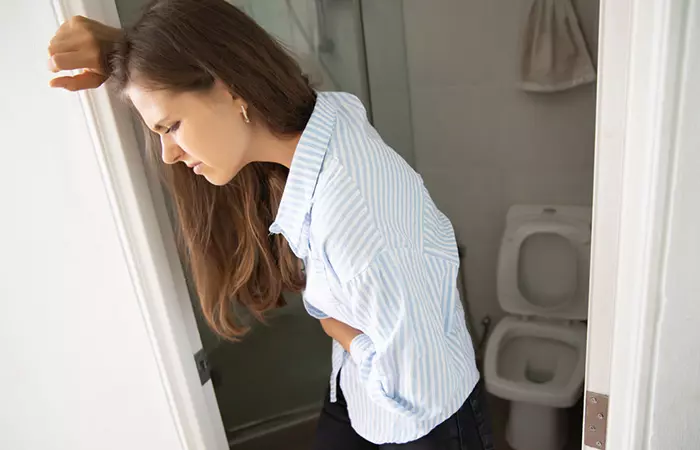
Excess consumption of pistachios may lead to abdominal pain, constipation, and diarrhea. This could be due to its fibre content. Some also believe the nuts may lead to kidney stones in susceptible individuals. However, these effects are backed only by anecdotal evidence.
Apart from these, pistachios may also cause allergic reactions in some people (37). In this case, it is best to avoid their consumption. Sometimes, pistachios may also be contaminated with harmful compounds called mycotoxins that are toxic to humans and may cause liver damage (38). Hence, you should always buy them from reputed sources to avoid this risk.
If you are taking roasted pistachios in excess, you may experience high blood pressure levels. This is because some forms of roasted pistachios are high in sodium (39).
Also, if you have nut allergies, it is important to talk to your doctor before adding pistachios to your diet. Always watch your portion sizes to keep your calorie intake in check.
 Fun Fact
Fun FactInfographic: 4 Reasons Pistachios Are Good For Your Overall Health
Pistachios are green edible seeds of the pistachio tree. They are crunchy, enclosed in a shell, and taste sweet. They are good sources of fiber, antioxidants, vitamins, healthy fats, and protein and offer important health benefits. In the infographic below, we have listed a few of those. Check it out!

Illustration: StyleCraze Design Team
Pistachios are healthy nuts with several essential nutrients. They contain healthy fats, antioxidants, protein, and fiber that help improve your overall health. The benefits of pistachios are numerous, and you can easily include them in your diet. Intake of pistachios may aid in weight loss, enhance gut health, improve heart health, regulate blood glucose levels, and fight inflammation. Though there are no recorded side effects of pistachios, taking them in moderation is advised. Should you experience any adverse reactions, stop their intake and consult your doctor immediately.
Frequently Asked Questions
How to eat pistachios?
You can crack open the shell and eat the nut. Or you can also first suck the salty exterior of the shell before opening it up.
How long do pistachios last?
Pistachios can last for about 3 months if stored in the refrigerator. Place the nuts in an airtight container in the refrigerator.
Why are pistachios expensive?
The pistachio trees have two requirements to grow – cool winters, and long hot summers with low humidity. These limit the areas they can be grown in, making the nuts quite expensive.
How to tell if pistachios are bad?
Usually, pistachios that have gone bad taste extremely sour.
How many pistachios should I have per day?
You can have 1.5 ounces to 3 ounces per day, which translates to about a handful of the nuts.
Are pistachio shells poisonous?
Pistachio shells are not poisonous. But they can be too hard to eat. Consuming them as they are may cause digestive issues.
Are roasted pistachio nuts good for you?
Yes, roasted pistachio nuts are good for you. Roasted nuts have less fat content when compared to other nuts (24).
Is it safe to eat raw pistachios?
Yes, eating raw pistachios is safe. One ounce of raw pistachios contains 159 calories, 6 grams of protein, 3 grams of fiber, and 8 grams of carbohydrates (2).
Do pistachios help you lose belly fat?
There is no research to support this. Pistachios contain fiber, which may promote a feeling of fullness. This particular attribute, in addition to regular exercise and healthy lifestyle habits, may help with weight loss and belly fat.
Can pistachios boost immunity?
Research is limited in this aspect. Pistachios contain zinc, which may boost immunity. However, the extent to which the nuts can boost the immune system is not known.
What is the best time to eat pistachios?
Evening is the best time to eat pistachios. It is said that these nuts boost stamina and immunity after a long day at work and improve sleep quality due to the presence of melatonin (40).
Why are pistachios good before bed?
Pistachios contain vitamin B6 and magnesium, which have been found to improve sleep quality (2), (41), (42). That is why the intake of pistachios is good before bed.
Which are better for you – almonds or pistachios?
Both nuts are free of cholesterol and sodium. But, pistachios contain more vitamins A and C than almonds (2), (43).
Illustration: Health Benefits Of Pistachio & Effects If You Eat Too Many
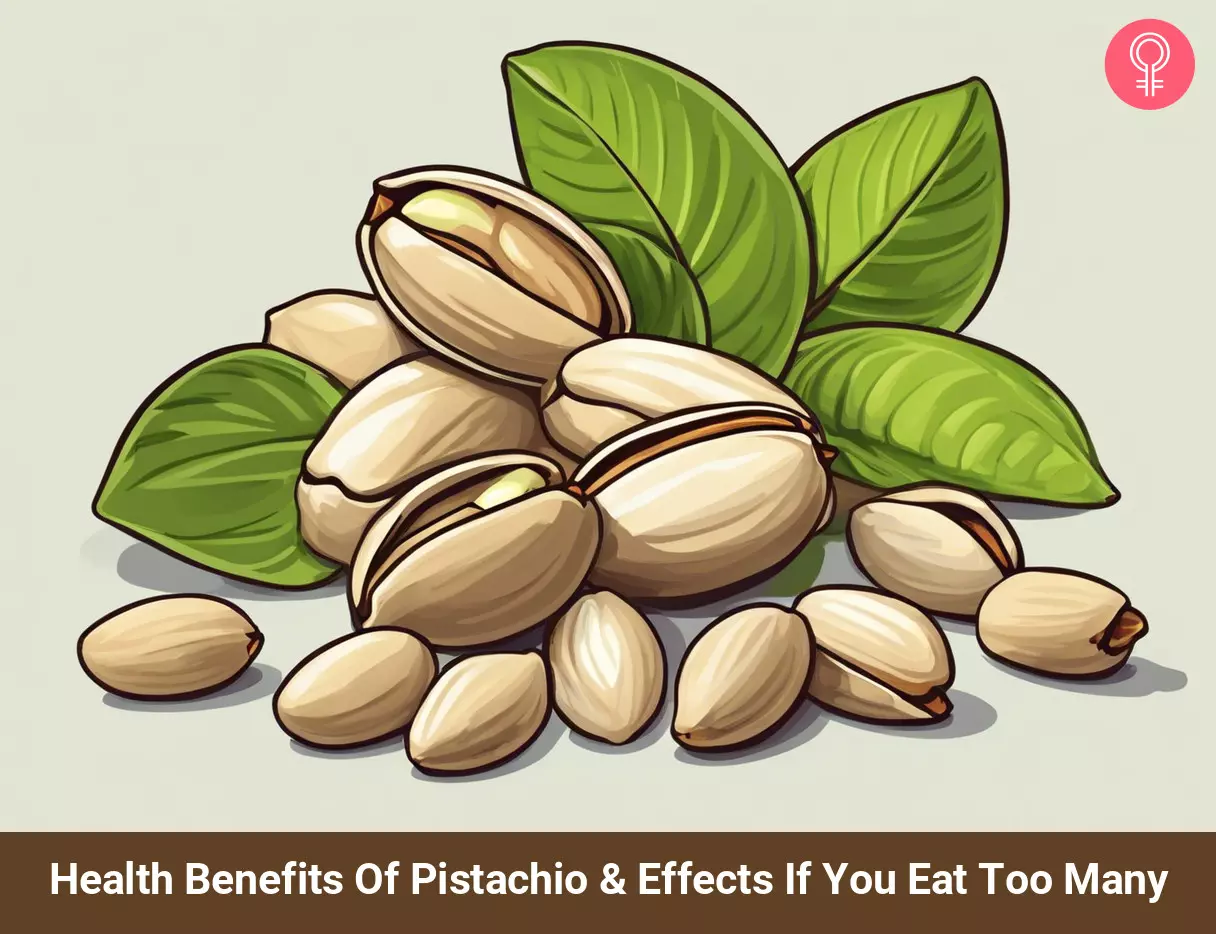
Image: Stable Diffusion/StyleCraze Design Team
References
Articles on StyleCraze are backed by verified information from peer-reviewed and academic research papers, reputed organizations, research institutions, and medical associations to ensure accuracy and relevance. Read our editorial policy to learn more.
- Giuseppina Mandalari et al. “Pistachio Nuts (Pistacia vera L.): Production Nutrients Bioactives and Novel Health Effects” Plants (Basel). 2021 Dec 22;11(1):18.
https://pmc.ncbi.nlm.nih.gov/articles/PMC8747606/ - “Nuts pistachio nuts raw.” FoodData Central.
fdc.nal.usda.gov/fdc-app.html#/food-details/170184/nutrients - Colin D Kay et al. “Pistachios Increase Serum Antioxidants and Lower Serum Oxidized-LDL in Hypercholesterolemic Adults” J Nutr. 2010 Jun;140(6):1093–1098.
https://pmc.ncbi.nlm.nih.gov/articles/PMC3140215/ - Mariangela Rondanelli et al. “Phytoextracts for Human Health from Raw and Roasted Hazelnuts and from Hazelnut Skin and Oil: A Narrative Review” Nutrients. 2023 May 23;15(11):2421.
https://pmc.ncbi.nlm.nih.gov/articles/PMC10255299/ - Slavin Joanne L. “Dietary fiber and body weight.” Nutrition (Burbank Los Angeles County Calif.) vol. 213 (2005): 411-8.
https://www.ncbi.nlm.nih.gov/pubmed/15797686 - Halton Thomas L and Frank B Hu. “The Effects of High Protein Diets on Thermogenesis Satiety and Weight Loss: a Critical Review.” Journal of the American College of Nutrition.
https://www.ncbi.nlm.nih.gov/pubmed/15466943 - Douglas Paddon-Jones et al. “Protein weight management and satiety” Am J Clin Nutr. 2008 May;87(5):1558S-1561S.
https://pubmed.ncbi.nlm.nih.gov/18469287/ - Carughi Arianna et al. “Pairing Nuts and Dried Fruit for Cardiometabolic Health.” Nutrition Journal.
https://www.ncbi.nlm.nih.gov/pmc/articles/PMC4779204/ - Li Zhaoping et al. “Pistachio Nuts Reduce Triglycerides and Body Weight by Comparison to Refined Carbohydrate Snack in Obese Subjects on a 12-Week Weight Loss Program.” Journal of the American College of Nutrition.
https://www.ncbi.nlm.nih.gov/pubmed/20833992 - Baer David J et al. “Measured Energy Value of Pistachios in the Human Diet.” The British Journal of Nutrition.
https://www.ncbi.nlm.nih.gov/pubmed/21733319 - Honselman Carla S et al. “In-Shell Pistachio Nuts Reduce Caloric Intake Compared to Shelled Nuts.” Appetite.
https://www.ncbi.nlm.nih.gov/pubmed/21645565 - Wong Julia M W et al. “Colonic Health: Fermentation and Short Chain Fatty Acids.” Journal of Clinical Gastroenterology.
https://www.ncbi.nlm.nih.gov/pubmed/16633129 - Ukhanova Maria et al. “Effects of Almond and Pistachio Consumption on Gut Microbiota Composition in a Randomised Cross-over Human Feeding Study.” The British Journal of Nutrition.
https://www.ncbi.nlm.nih.gov/pubmed/24642201 - Gebauer Sarah K et al. “Effects of pistachios on cardiovascular disease risk factors and potential mechanisms of action: a dose-response study.” The American journal of clinical nutritionvol. 883 (2008): 651-9.
https://pubmed.ncbi.nlm.nih.gov/18779280/ - Edwards K et al. “Effect of pistachio nuts on serum lipid levels in patients with moderate hypercholesterolemia.” Journal of the American College of Nutritionvol. 183 (1999): 229-32.
https://pubmed.ncbi.nlm.nih.gov/10376778/ - West Sheila G et al. “Diets containing pistachios reduce systolic blood pressure and peripheral vascular responses to stress in adults with dyslipidemia.” Hypertension (Dallas Tex. : 1979)vol. 601 (2012): 58-63.
https://www.ncbi.nlm.nih.gov/pmc/articles/PMC3862178/ - West Sheila G et al. “Oral L-arginine improves hemodynamic responses to stress and reduces plasma homocysteine in hypercholesterolemic men.” The Journal of nutritionvol. 1352 (2005): 212-7.
https://pubmed.ncbi.nlm.nih.gov/15671215/ - Parham Mahmoud et al. “Effects of pistachio nut supplementation on blood glucose in patients with type 2 diabetes: a randomized crossover trial.” The review of diabetic studies : RDSvol. 112 (2014): 190-6.
https://pubmed.ncbi.nlm.nih.gov/2539640 - Hernández-Alonso Pablo et al. “Nuts and Dried Fruits: An Update of Their Beneficial Effects on Type 2 Diabetes.” Nutrientsvol. 97 673. 28 Jun. 2017.
https://www.ncbi.nlm.nih.gov/pmc/articles/PMC5537788/ - Assaf-Balut Carla et al. “A Mediterranean Diet with an Enhanced Consumption of Extra Virgin Olive Oil and Pistachios Improves Pregnancy Outcomes in Women Without Gestational Diabetes Mellitus: A Sub-Analysis of the St. Carlos Gestational Diabetes Mellitus Prevention Study.” Annals of nutrition & metabolismvol. 741 (2019): 69-79.
https://pubmed.ncbi.nlm.nih.gov/30554220/ - Bethesda (MD). “Pistachio” National Institute of Child Health and Human Development; 2006.
https://www.ncbi.nlm.nih.gov/books/NBK597795/ - Paterniti Irene et al. “The Anti-Inflammatory and Antioxidant Potential of Pistachios (Pistacia vera L.) In Vitro and In Vivo.” Nutrientsvol. 98 915. 22 Aug. 2017.
https://www.ncbi.nlm.nih.gov/pmc/articles/PMC5579708/ - Sauder Katherine A et al. “Effects of pistachios on the lipid/lipoprotein profile glycemic control inflammation and endothelial function in type 2 diabetes: A randomized trial.” Metabolism: clinical and experimentalvol. 6411 (2015): 1521-9.
https://www.ncbi.nlm.nih.gov/pmc/articles/PMC4872503/ - Hernández-Alonso Pablo et al. “Pistachios for Health: What Do We Know About This Multifaceted Nut?.” Nutrition todayvol. 513 (2016): 133-138.
https://www.ncbi.nlm.nih.gov/pmc/articles/PMC4890834/ - Bone Richard A. et al. “Distribution of Lutein and Zeaxanthin Stereoisomers in the Human Retina.” Experimental Eye Research.
www.sciencedirect.com/science/article/pii/S0014483596902109 - Rinninella Emanuele et al. “The Role of Diet Micronutrients and the Gut Microbiota in Age-Related Macular Degeneration: New Perspectives from the Gut⁻Retina Axis.” Nutrientsvol. 1011 1677. 5 Nov. 2018.
https://www.ncbi.nlm.nih.gov/pmc/articles/PMC6267253/ - Golchin Leila et al. “Pistachio supplementation attenuates motor and cognition impairments induced by cisplatin or vincristine in rats.” Advanced biomedical researchvol. 4 92. 11 May. 2015.
https://www.ncbi.nlm.nih.gov/pmc/articles/PMC4434487/ - Rostampour Mohammad et al. “Anxiolytic-like effect of hydroalcoholic extract of ripe pistachio hulls in adult female Wistar rats and its possible mechanisms.” Research in pharmaceutical sciencesvol. 116 (2016): 454-460.
https://www.ncbi.nlm.nih.gov/pmc/articles/PMC5168881/ - Domenico Nuzzo et al. “Regular Intake of Pistachio Mitigates the Deleterious Effects of a High Fat-Diet in the Brain of Obese Mice” Antioxidants (Basel). 2020 Apr 15;9(4):317.
https://pmc.ncbi.nlm.nih.gov/articles/PMC7222408/ - Golchin Leila et al. “Regular Intake of Pistachio Mitigates the Deleterious Effects of a High Fat-Diet in the Brain of Obese Mice” Advanced biomedical researchvol. 4 92. 11 May. 2015.
https://www.ncbi.nlm.nih.gov/pmc/articles/PMC4434487/ - Manijeh Dogani et al. “The effects of P. atlantica as a libido booster and sexual enhancer on the reproductive system of male rats” J Tradit Complement Med. 2021 Sep 25;12(4):345–353.
https://pmc.ncbi.nlm.nih.gov/articles/PMC9209825/ - Salas-Huetos Albert et al. “Effect of Nut Consumption on Erectile and Sexual Function in Healthy Males: A Secondary Outcome Analysis of the FERTINUTS Randomized Controlled Trial.” Nutrientsvol. 116 1372. 19 Jun. 2019.
https://www.ncbi.nlm.nih.gov/pmc/articles/PMC6627592/ - Kuhnle Gunter & Dell’Aquila Caterina & Aspinall Sue & Runswick Shirley & Mulligan Angela & Bingham Sheila. (2008). Phytoestrogen Content of Beverages Nuts Seeds and Oils. Journal of agricultural and food chemistry. 56. 7311-5. 10.1021/jf801534g.
https://www.researchgate.net/publication/23141692_Phytoestrogen_Content_of_Beverages_Nuts_Seeds_and_Oils/citation/download - Keen Mohammad Abid and Iffat Hassan. “Vitamin E in dermatology.” Indian dermatology online journalvol. 74 (2016): 311-5.
https://www.ncbi.nlm.nih.gov/pmc/articles/PMC4976416/ - Borkow Gadi. “Using Copper to Improve the Well-Being of the Skin.” Current chemical biologyvol. 82 (2014): 89-102.
https://www.ncbi.nlm.nih.gov/pmc/articles/PMC4556990/ - Burke K E et al. “Effects of topical and oral vitamin E on pigmentation and skin cancer induced by ultraviolet irradiation in Skh:2 hairless mice.” Nutrition and cancervol. 381 (2000): 87-97.
https://pubmed.ncbi.nlm.nih.gov/11341050// - Irene Paterniti et al. “The Anti-Inflammatory and Antioxidant Potential of Pistachios (Pistacia vera L.) In Vitro and In Vivo” Nutrients. 2017 Aug 22;9(8):915.
https://pmc.ncbi.nlm.nih.gov/articles/PMC5579708/ - Ana Rita Soares Mateus et al. ”Mycotoxins in Pistachios (Pistacia vera L.): Methods for Determination Occurrence Decontamination” Toxins (Basel). 2021 Sep 25;13(10):682.
https://pmc.ncbi.nlm.nih.gov/articles/PMC8538126/ - Andrea Grillo et al. ”Sodium Intake and Hypertension” Nutrients. 2019 Aug 21;11(9):1970.
https://pmc.ncbi.nlm.nih.gov/articles/PMC6770596/ - Higgs Jennette et al. “Plant-based snacking: research and practical applications of pistachios for health benefits.” Journal of Nutritional Science 10 (2021).
https://www.ncbi.nlm.nih.gov/pmc/articles/PMC8532077/ - Djokic Gorica et al. “The Effects of Magnesium–Melatonin-Vit B Complex Supplementation in Treatment of Insomnia.” Open access Macedonian journal of medical sciences 7.18 (2019): 3101.
https://www.ncbi.nlm.nih.gov/pmc/articles/PMC6910806/ - Lemoine Patrick Jean-Christophe Bablon and Christèle Da Silva. “A combination of melatonin vitamin B6 and medicinal plants in the treatment of mild-to-moderate insomnia: A prospective pilot study.” Complementary therapies in medicine 45 (2019): 104-108.
https://pubmed.ncbi.nlm.nih.gov/31331545/ - “Nuts almonds” FoodData Central U.S. Department Of Agriculture.
https://fdc.nal.usda.gov/fdc-app.html#/food-details/170567/nutrients
Read full bio of Monica Auslander Moreno
Read full bio of Sindhu Koganti
Read full bio of Ravi Teja Tadimalla
Read full bio of Aparna Mallampalli






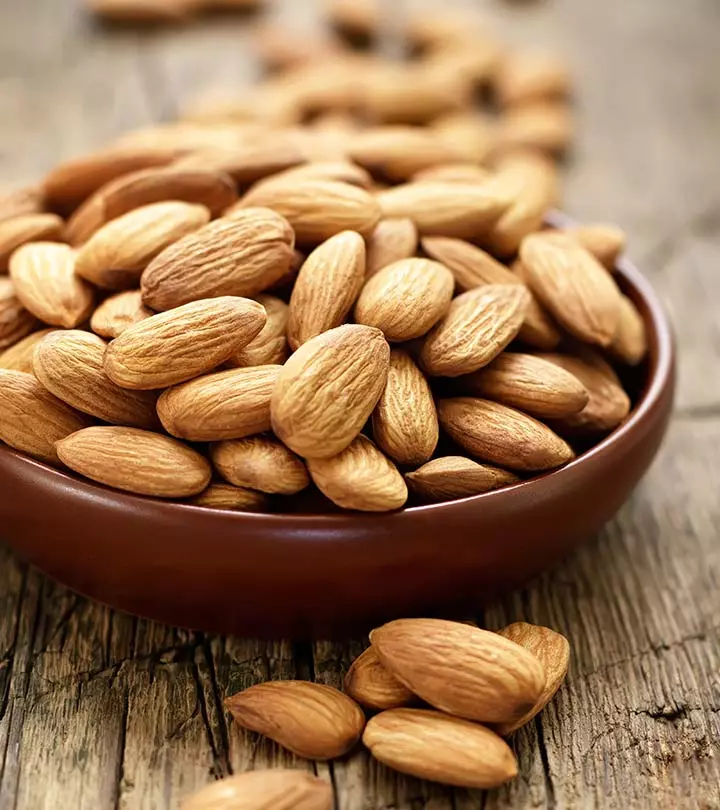
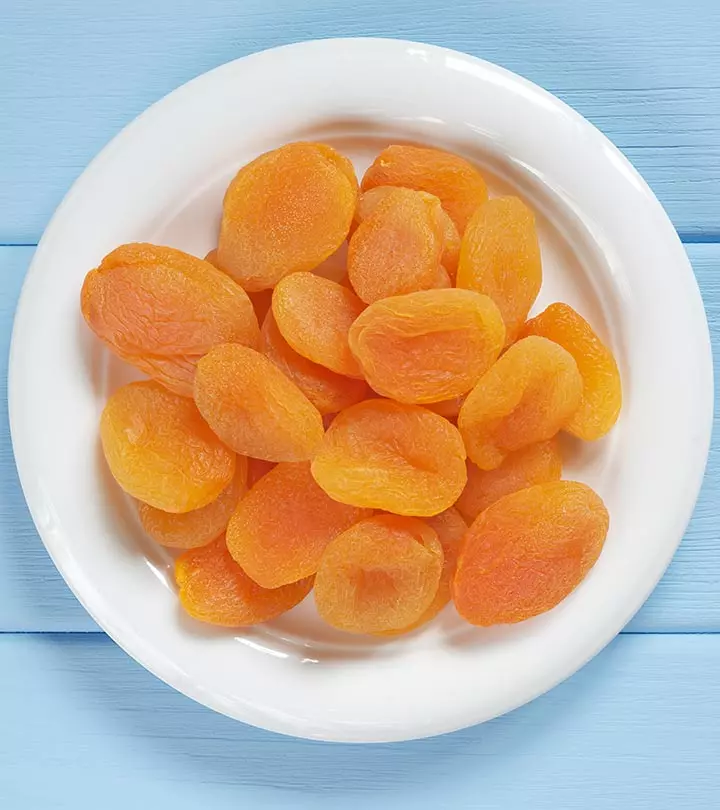

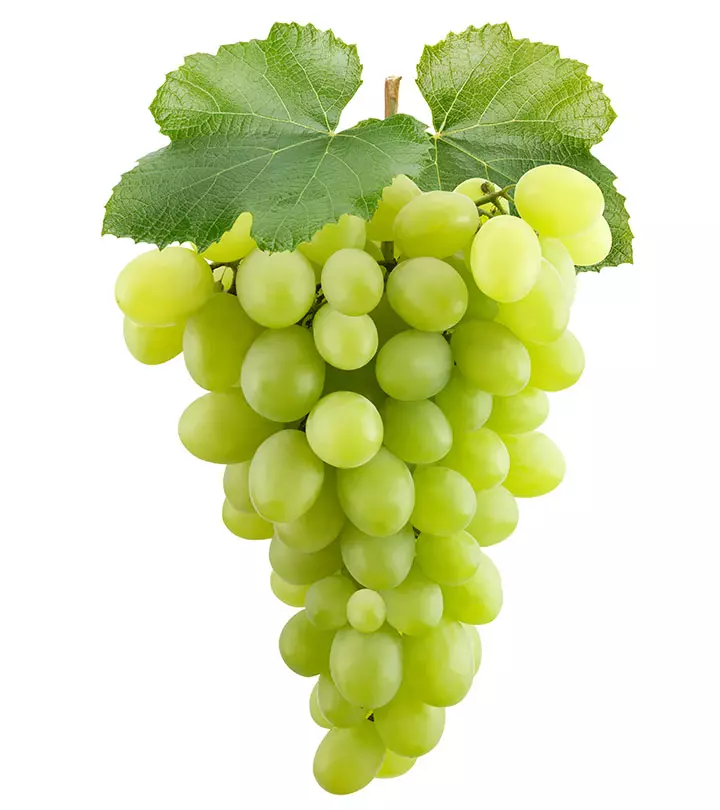
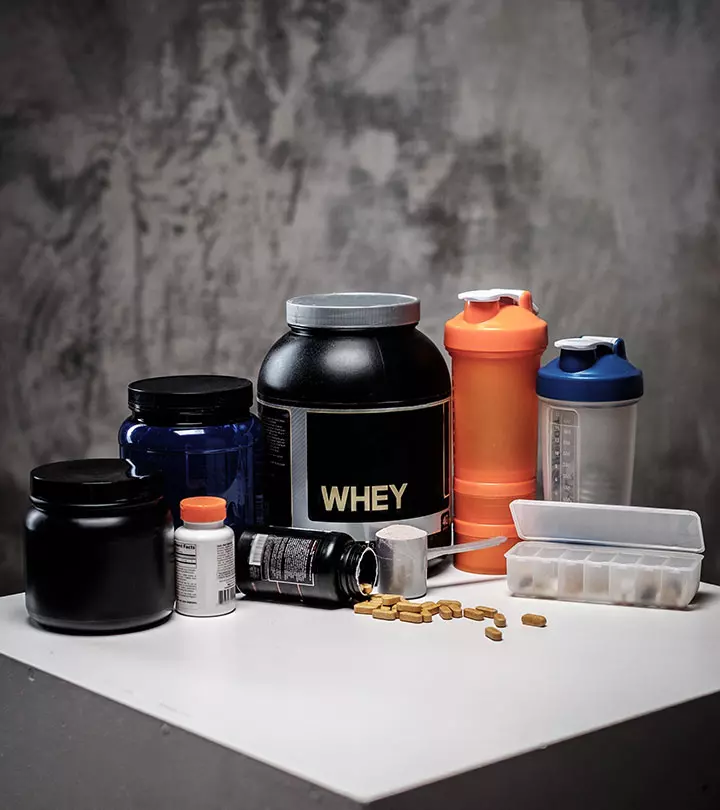
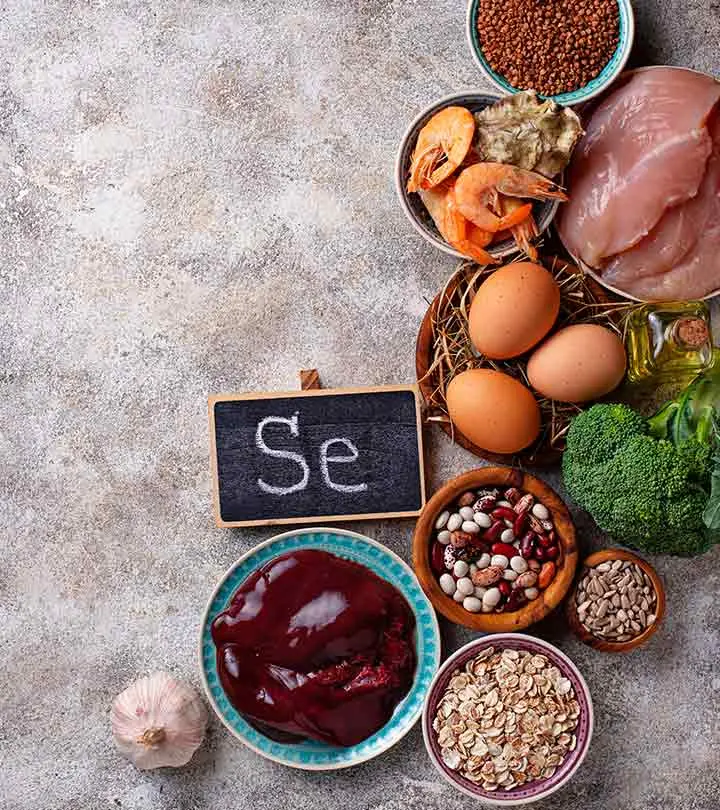
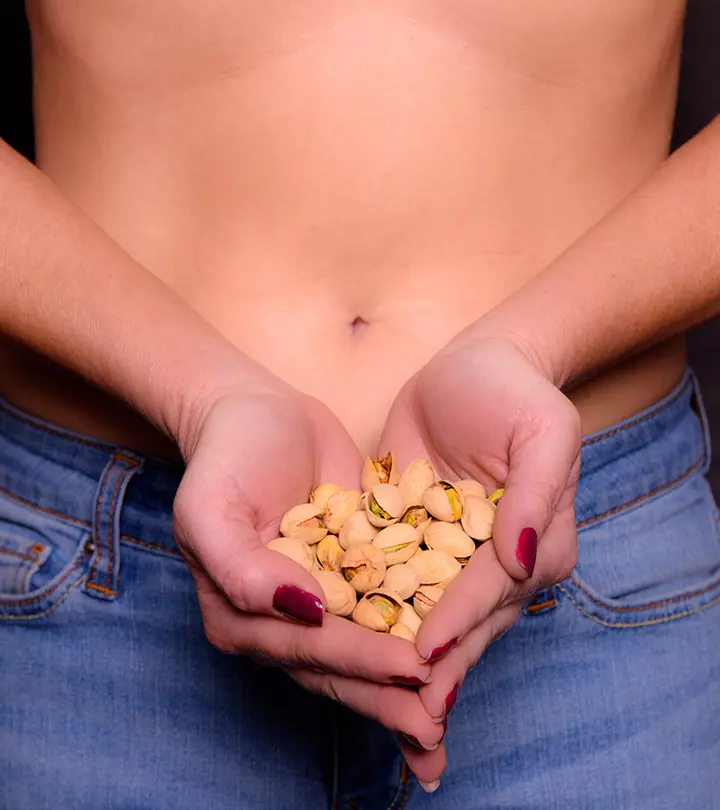
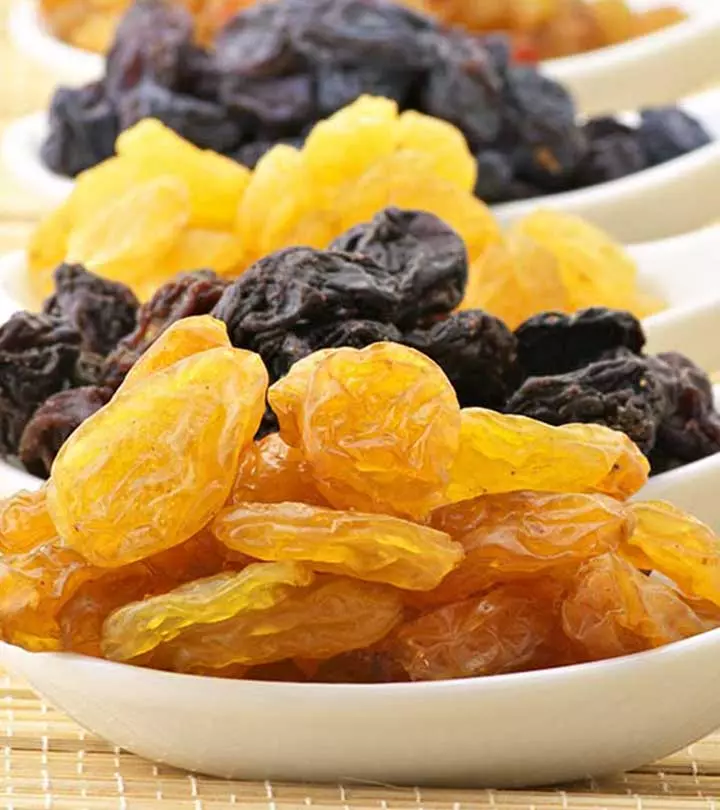
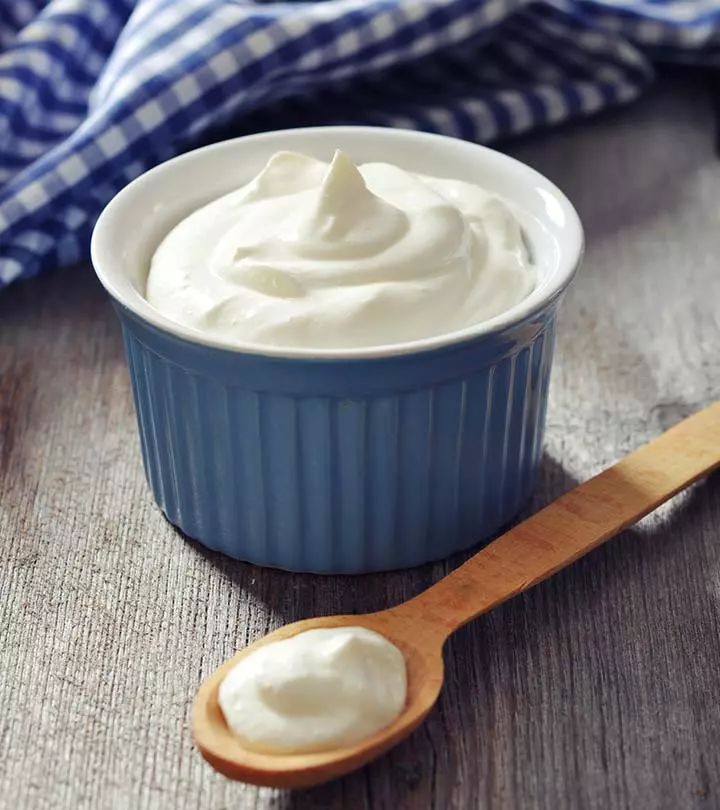
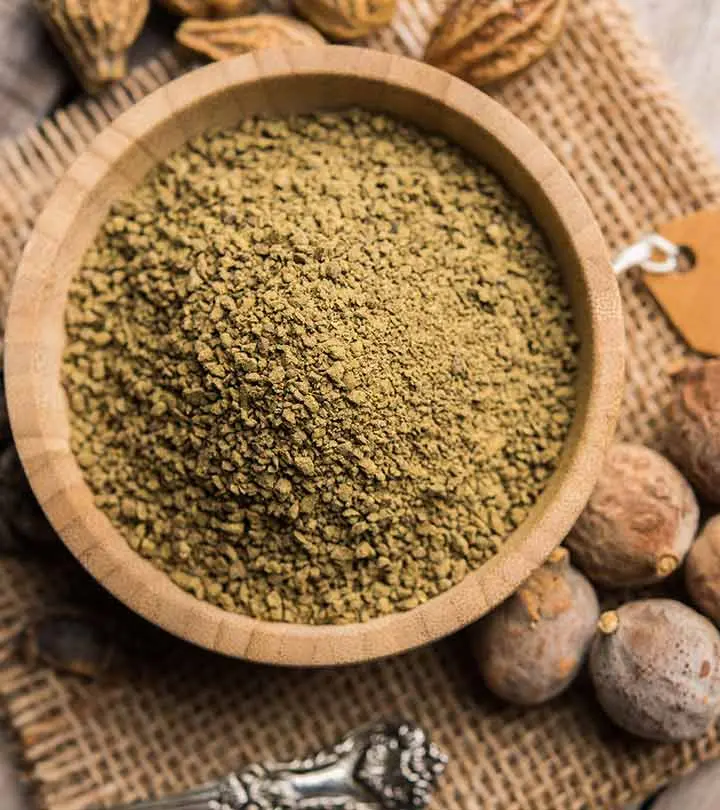
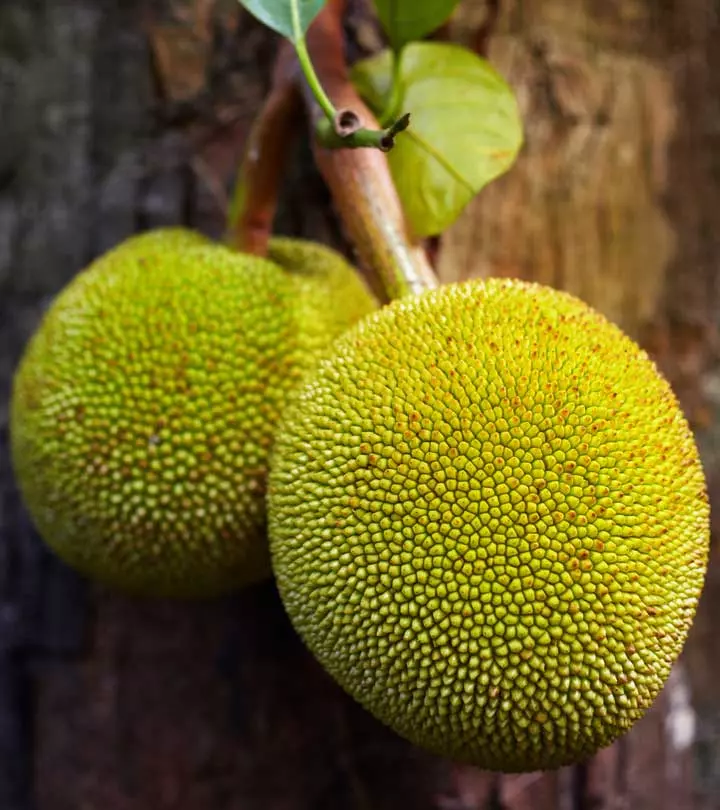
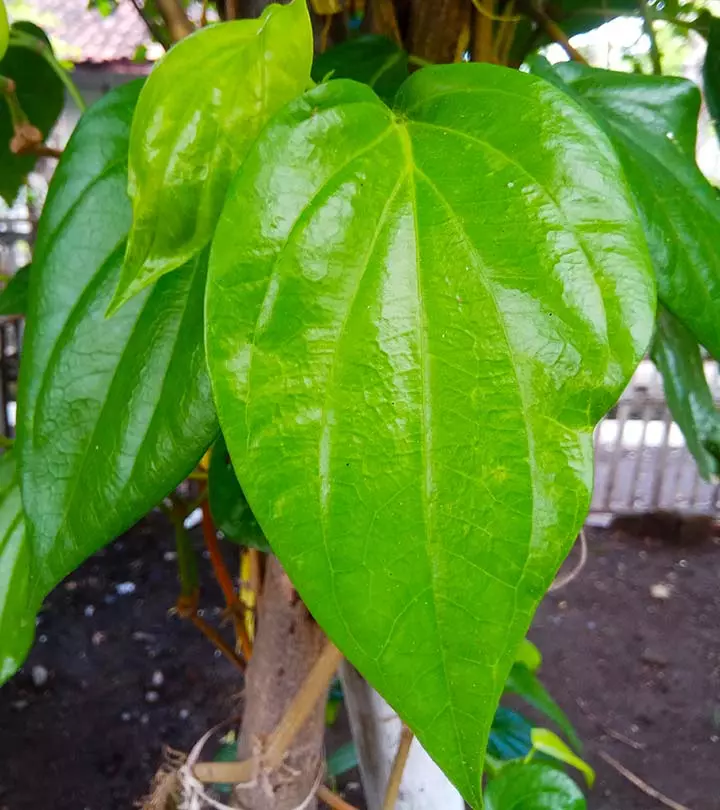
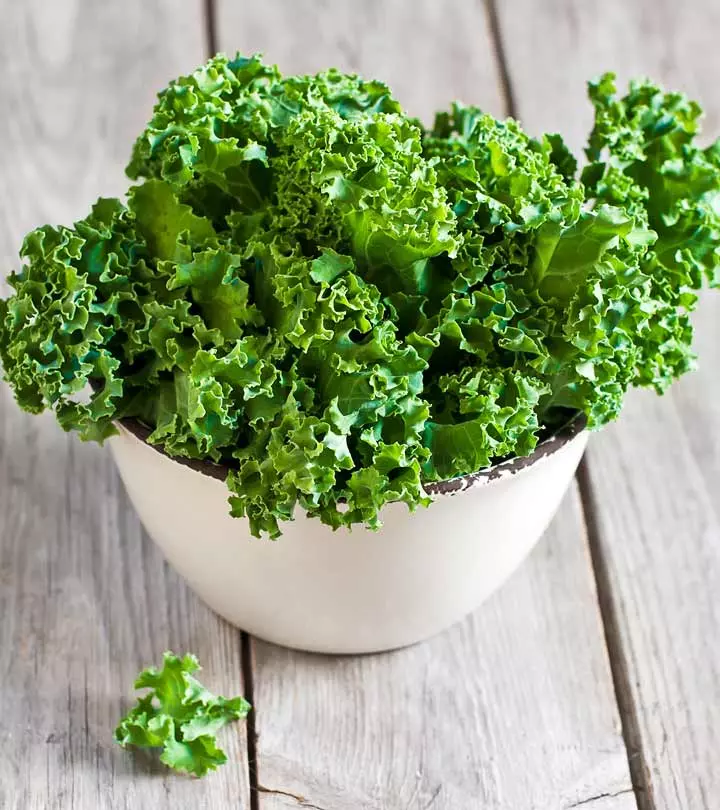
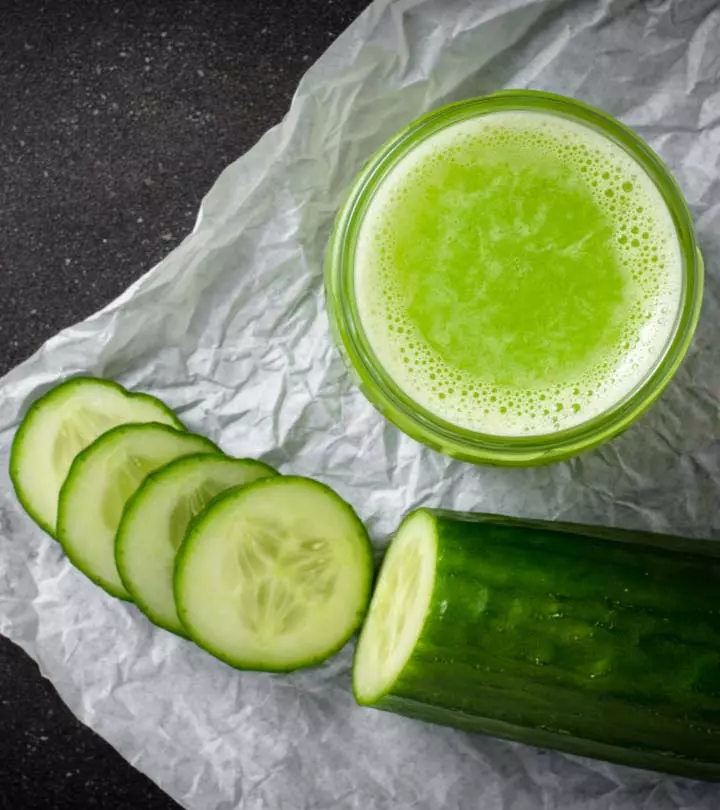
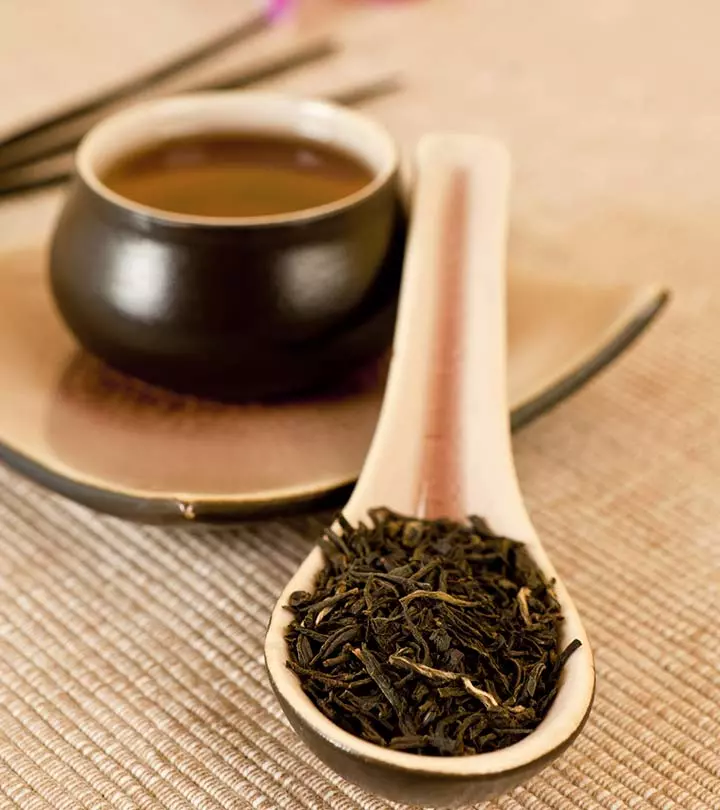

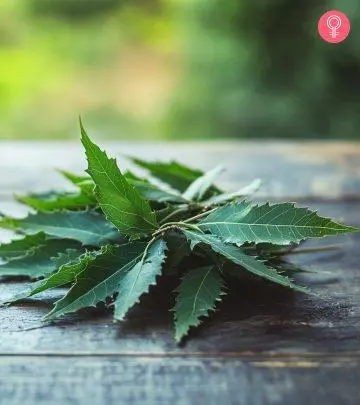




Community Experiences
Join the conversation and become a part of our empowering community! Share your stories, experiences, and insights to connect with other beauty, lifestyle, and health enthusiasts.